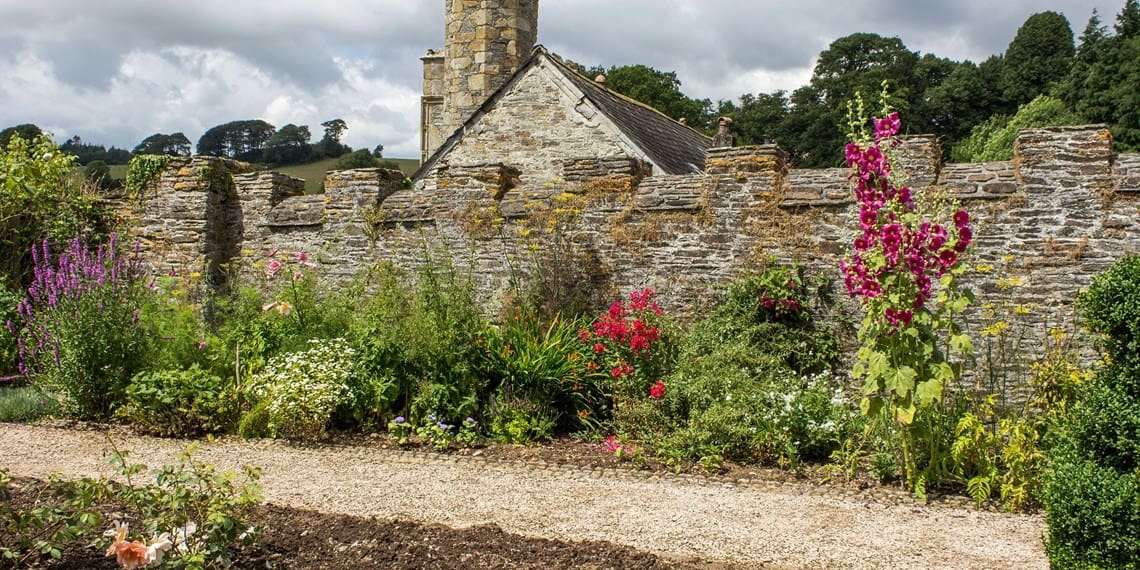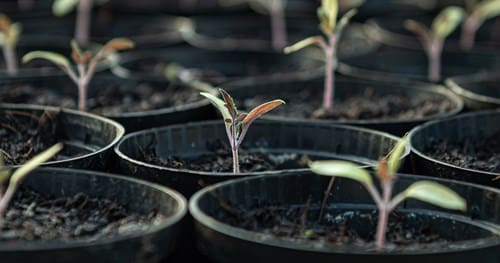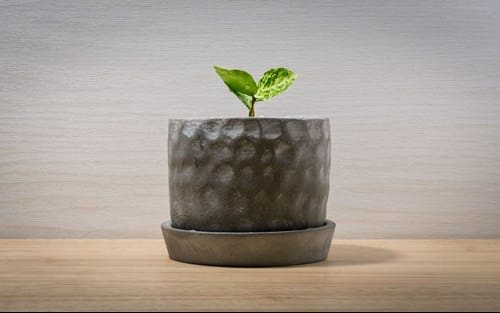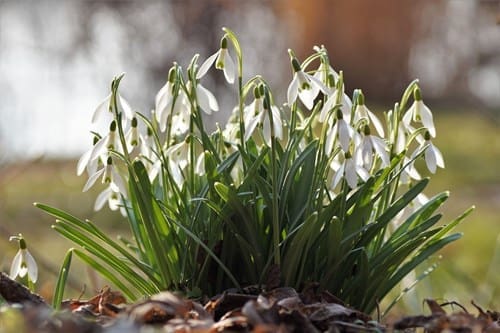Top Tips and Advice on How to Successfully Move Your Garden
Moving house can be stressful but for those who consider the garden as important as the house there can be additional anxiety. In response to questions like, “Is the kitchen big enough?” gardeners wonder, “Will my favourite fuchsias grow here?”
It can be a wrench to leave a garden that has been planned, planted and nurtured over the years. But, like a new house, a new garden is full of opportunities….
You can leave behind old problems such as heavy shade or a weedy lawn and enjoy NEW features such as a beech hedge, a water garden, a colourful maple tree or a vegetable patch! If you are moving from North to South (in the UK), grasp the opportunity to growing less hardy plants such as figs. Whilst if you are relocating in the opposite direction, savour the prospect of prize-winning leeks and celery.
If the growing conditions are suitable at your new garden – with care – you should be able to take many favourites with you from the established garden. The key to success is to start propagating new plants from old as soon as you think about moving house.
Download our Guide to Moving your Garden for full detail on how to successfully move your garden, or read our top tips and advice below:
Grow seedlings in pots. You will then have a collection of baby plants that are easy to handle, transport and replant in your new garden.
As these new plants will be young, they will grow vigorously once settled in their new home.
A huge range of trees, shrubs and climbers, including roses and fruit bushes, can be propagated from cuttings. It is often worth trying to take a cutting from any species, particularly from April to September.
The ideal length for a cutting varies from plant to plant but most shrubs, etc, will root from 7cm-10cm (3in-4in) cuttings. Prune a healthy shoot from the shrub, cut immediately underneath a leaf joint and also cut off the tip. Then remove all other leaves except the top pair. Take several cuttings and insert them in a pot of cutting compost where they will start to root before you move. Dipping the end of each cutting in hormone rooting powder will assist rooting.
These can be planted in the garden of your new home when fully rooted, which can take up to a year.
Flowers that form clumps – bulbs such as snowdrops (like the above) and perennials like michaelmas daisies – can be split.
Autumn and spring are the best times for splitting. First, dig up the clump. With bulbs, simply pull off a handful, put them in a pot with some soil and return the rest to the ground. With perennial plants, split young sections from the edge of the clump, each with a couple of shoots and a piece of root. Pot up some of them, replant some and discard the old, woody centre of the clump.
4. Digging up and transplanting
Some shrubby plants such as periwinkles form clumps which can be dug up and cut into several rooted sections. Others, like lilac and snowberry, grow suckers – new shoots arising from the roots. A shoot can be sliced from the edge of a bush, with a piece of root attached, with a sharp spade.
Many plants such as hellebores and foxgloves drop seeds which grow into young plants. In all these cases, the plants can then be dug up and put into pots of soil ready for the move
However sentimentally attached you might be to, say, a silver birch bought to mark a silver anniversary, it will probably be too well established after two or three years to survive excavation and transplanting.
If you must more a larger tree or specimen you must avoid damage to the roots and this can make the load very heavy – we would strongly recommend getting horticultural specialists in to help.
Finally, make sure that you do secure your legal rights to anything from the garden you wish to take.
Legal requirements have become much stricter so to avoid misunderstandings, a list of plants, containers, garden ornaments, bird tables, etc, must be taken by the vendor and included in the contracts with your buyer.
Plus when you get a quote to move home, make sure that you advise your removals company about the plants, garden furniture and tools that you wish to move so that we can allocate spa them in our vans.
To help make moving your garden easier, we have put together a guide with both the help of Kim Wilde and the Gardeners’ Royal Benevolent Society Charity, now known as Perennial.
And once you have moved, check out these great ideas for reusing and recycling your cardboard moving boxes in the garden.
If you would like to know more about the Gardeners’ Royal Benevolent Society, either to make a donation, volunteer to help raise money, or because you, or someone you know, may need their help, please call: 0845 230 1839 a or visit their website at www.perennial.org.uk.

FIND YOUR BISHOP'S MOVE







 Previous story
Previous story